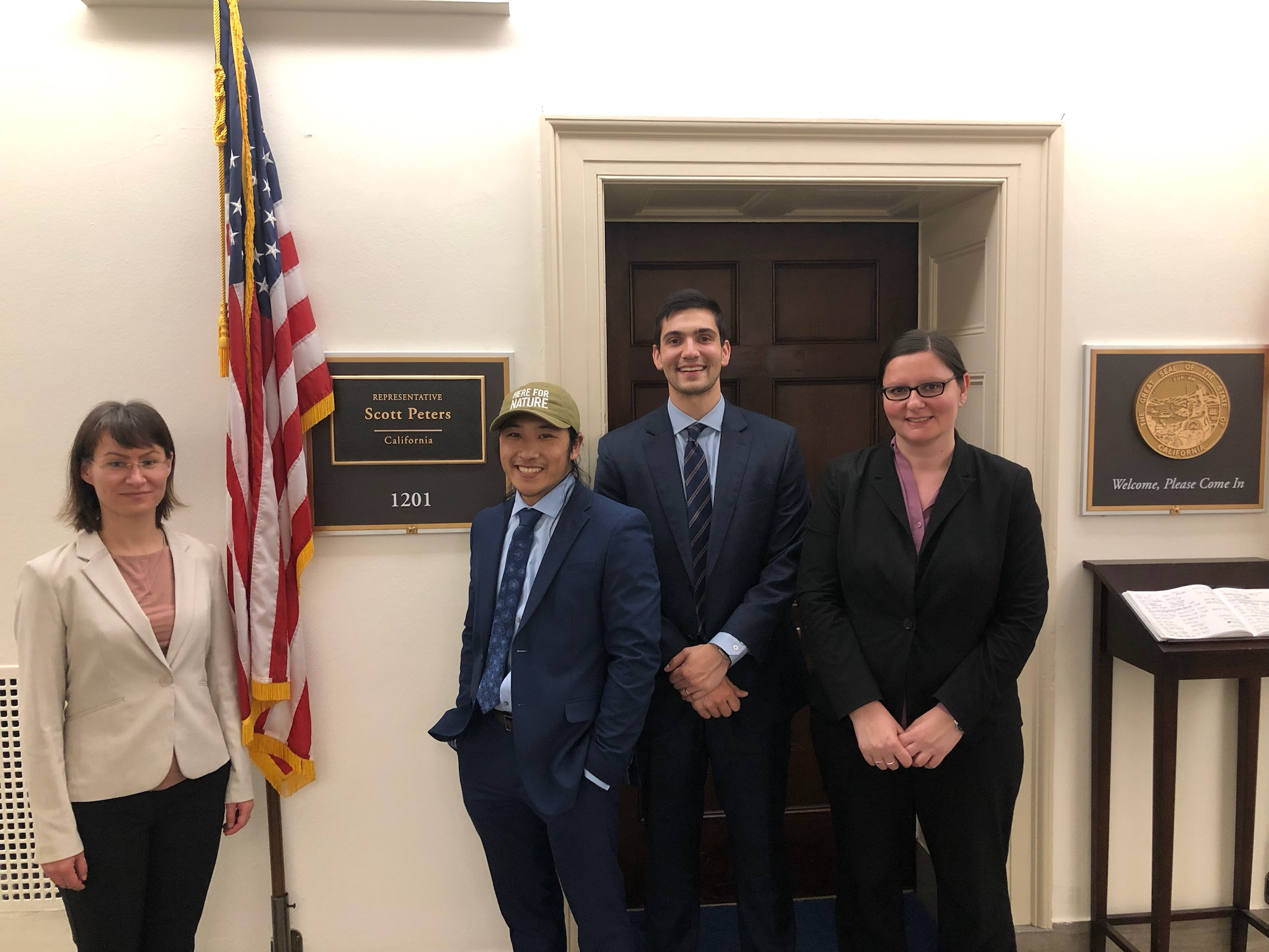Congressional Visit Scientific Advocacy
Published:
The CHIPs act promised to increase the NSF budget to $11.2 billion in 2022, but only enacted $9.1 billion 2 years later 2024. The CHIPs act claimed the NSF’s budget could reach $18.9 billion for FY 2027, but at the current funding rate Congress is far off from reaching this goal. I joined the American Institute for Biological Sciences with other PhD students, postdocs and academics from around the country to advocate increasing NSF funding for the 2025 fiscal year to $11.9 billion. I met with Californian and Maryland congressional staffers with my team to discuss our experiences in academia and how essential NSF funding is to our research and training. Environmental science and conservation projects are almost exclusively funded by government institutions such as NSF, NOAA, and USDA. We were modestly successful, with the NSF budget increasing to $10.183B for 2025 fiscal year.
It was a great oppurtunity to learn how scientific advocacy works and to see the inner workings of our government. It was also a unique experience to teach staffers about the inner workings of academia and why funding is so competetive. We spoke about the grant application process, and the mechanisms behind why funding awards are so small for NSF funded projects. As a current trainnee, I emphasized that this funding directly translates to training the next generation of scientists who will become part of the innovative backbone in the USA. We also brought to attention the low wages academics earn in the USA with many graduate students being barely able to afford cost of living expenses due to the small funding oppurtunities. Graduate school remains the gateway to higher paying careers in science, but choking funding oppurtunities restricts STEM oppurtunities to the country’s priveleged. The United States is still the gold standard for academic training and research output, but this may come to change if we continue to strangle the source of American innovation.

